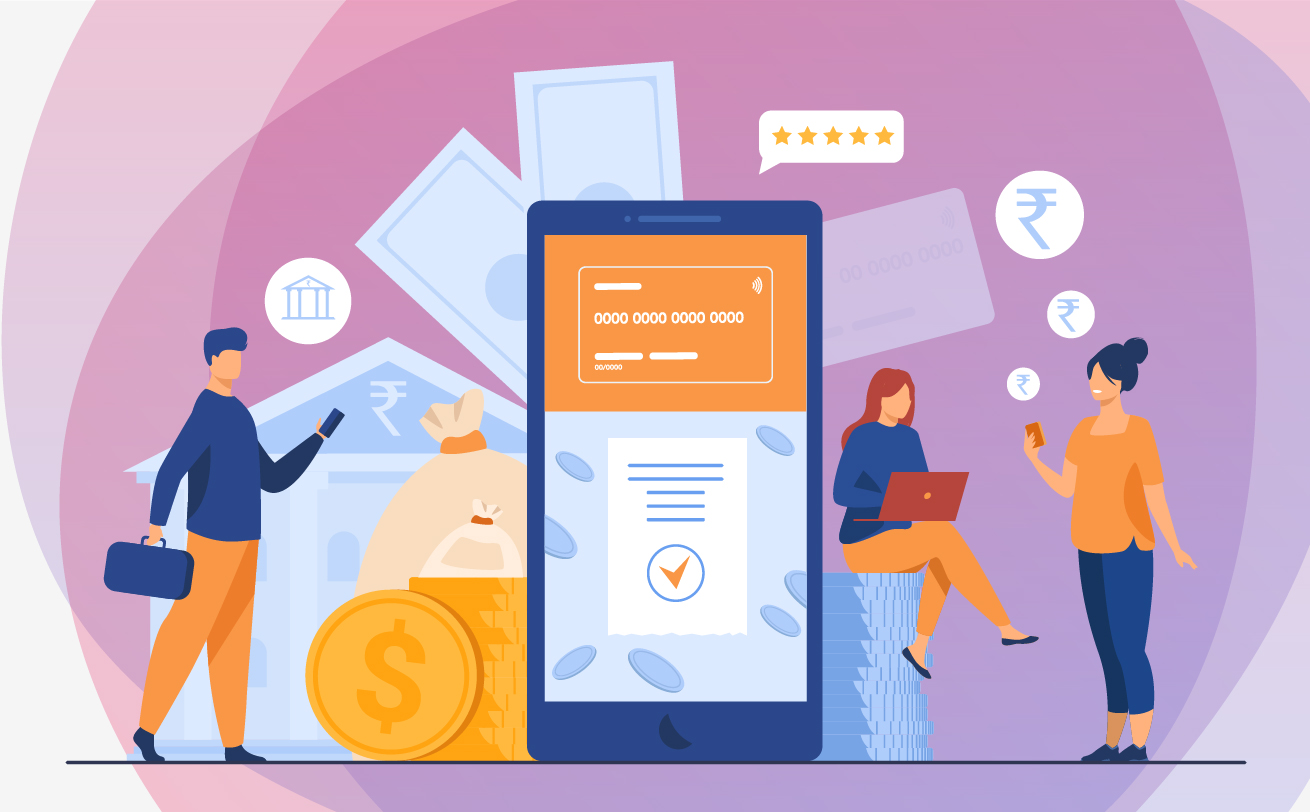Blog Details
Empower Your Borrowing Journey: The Digital Lending Experience Revolution Unveiled in 8 Transformative Ways
In the fast-evolving finance landscape, technology’s integration gives rise to a revolution in lending practices. Digital lending is at the forefront of this transformation, reshaping borrower’s digital lending experiences with unprecedented convenience, speed, and accessibility. As we navigate the path of digital lending, it’s crucial to understand how this paradigm shift enhances the borrower’s journey and what key highlights contribute to its seamless nature.
How Does Digital Lending Improve the Borrower Experience?
Lending, a practice rooted in history, has undergone continuous evolution. Traditional lending, with in-person interactions and paper-based processes, is giving way to a new era through digital lending. This method incorporates digital platforms, data analytics, and automation, fundamentally altering how borrowers access loans. Let’s delve into the ways digital lending is revolutionizing the borrower experience, offering unparalleled convenience, speed, and accessibility.
Key Highlights of the Revolutionized Borrower Experience
1. Streamlined Application Process
Digital lending has turned the once cumbersome loan application process into a streamlined and efficient experience. Borrowers can now apply from the comfort of their homes using smartphones or computers. Automated document verification processes ensure faster validation, eliminating the frustration associated with traditional paperwork. This not only saves time but also enhances the overall experience by removing the hurdles related to traditional paperwork.
2. Real-Time Decision Making
One of digital lending’s significant advantages is real-time decision-making. Utilizing sophisticated algorithms and data analysis, lenders swiftly assess an applicant’s creditworthiness, providing instant loan approval or rejection. This transparency empowers borrowers, contributing to a sense of control over their financial situations. The agony of waiting for weeks for loan approval, a hallmark of traditional lending, is replaced by the immediacy of digital lending.
3. Personalized Loan Offerings
Digital lending leverages data analytics to understand borrowers’ preferences and financial behaviors, offering personalized loan products. By analyzing transaction histories and credit scores, lenders present options tailored to individual needs, fostering a sense of value and understanding for borrowers. The era of one-size-fits-all loans is gradually giving way to an approach where borrowers feel seen and appreciated for their unique financial situations.
4. Accessibility and Inclusion
Digital lending breaks away from traditional reliance on credit scores, employing alternative data sources and machine learning algorithms. This inclusive approach opens up lending to a wider range of borrowers, promoting financial inclusivity and democratizing access to credit. Small business owners, freelancers, and those with thin credit files now have a better chance of securing loans, showcasing how digital lending bridges the gap and brings financial opportunities to a broader audience.
5. Convenience and 24/7 Accessibility
Digital lending’s round-the-clock accessibility allows borrowers to access information, submit applications, and track loan statuses at any time. This newfound convenience is particularly valuable in urgent situations, providing funds without the time constraints of traditional processes. Whether it’s a medical emergency, a business opportunity, or an unexpected expense, borrowers can swiftly secure the funds they need without the limitations imposed by traditional lending processes.
6. Reduced Administrative Burden
Automation in digital lending minimizes administrative burdens for both borrowers and lenders. Processes like document verification and credit scoring are automated, leading to faster decision-making and reduced paperwork. This efficiency not only benefits lenders by lowering operational costs but also allows borrowers to focus on their financial goals. The reduced administrative hassle ensures a smoother borrowing journey.
7. Transparency and Education
Digital lending platforms prioritize transparency, presenting clear and concise loan terms upfront. Educational resources further empower borrowers, helping them make informed decisions about borrowing and personal finance. This transparency builds trust and ensures borrowers fully understand their financial commitments. Unlike traditional lending, where hidden fees and ambiguous terms may cause pitfalls, digital lending strives to be transparent, providing borrowers with the information they need to make sound financial decisions.
8. Efficient Customer Support
Digital lending platforms offer robust customer support systems, utilizing technology for quick query resolution. From chatbots to knowledgeable professionals on phone lines, efficient customer support enhances the borrower experience, showcasing the commitment to customer satisfaction. The frustration of navigating complex phone menus or waiting in long queues for assistance is replaced by prompt and effective support, ensuring borrowers feel supported at every step of their borrowing journey.
Digital lending has catalyzed a remarkable transformation in the borrower’s experience, seamlessly merging technology with finance. From expediting applications to enhancing accessibility, the advantages are profound. As digital lending evolves, maintaining ethical practices and responsible lending ensures the borrower’s experience remains the focal point of this digital revolution. Embracing the digital lending experience is not just a shift; it’s a journey towards financial empowerment and a future where borrowing is truly seamless. As we embrace the positive changes digital lending brings, a cautious approach must be maintained to ensure ethical practices and responsible lending, ensuring that the borrower experience remains at the heart of this digital revolution.


